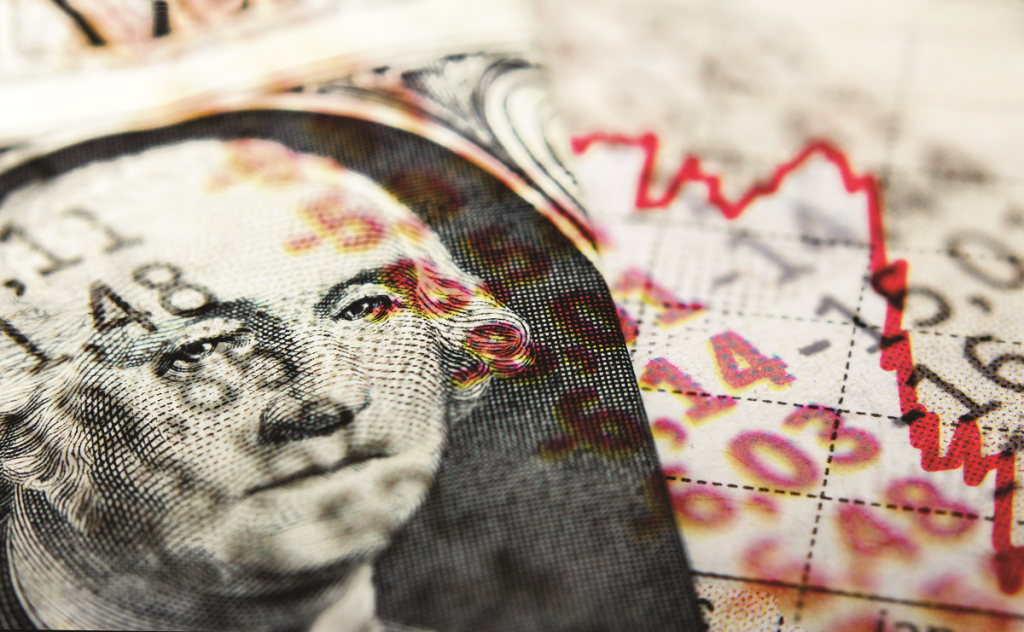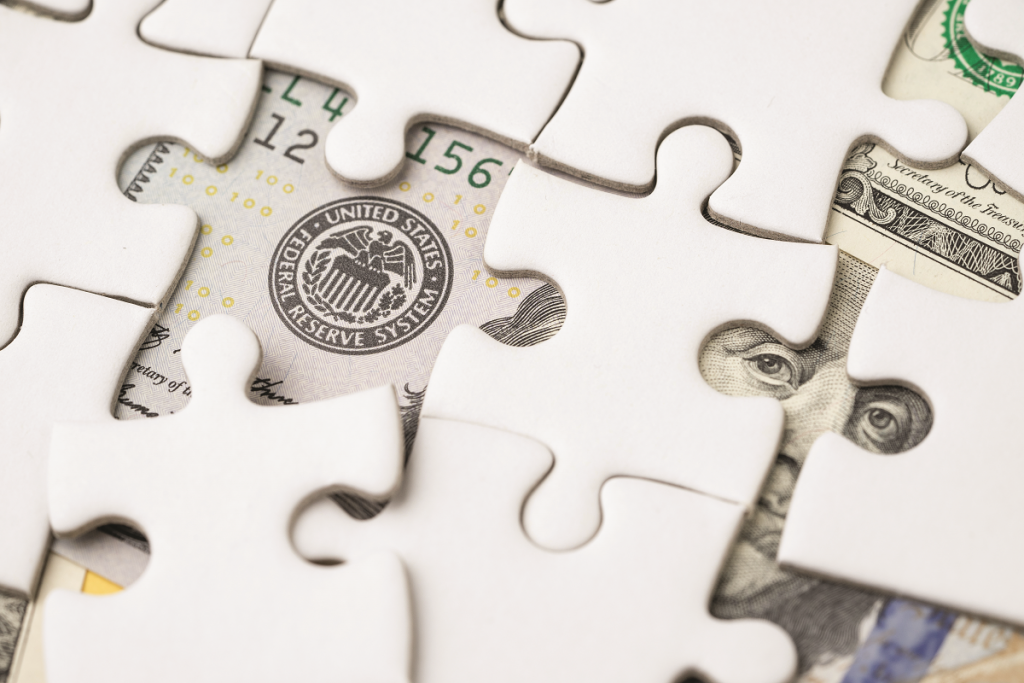
I’m staying at my childhood home this weekend in Seattle and it’s a home that my parents bought in 1962 for $12,500. I asked my mom (she is now 87) how much she paid for her car back then. She told me it was about $2,500. After a few minutes on the Internet, you can easily see what things cost back then, and being in the rental business, I found that the average rent was $110 per month.
History can be a great teacher but I have found that some people have a tendency to look at things only as of today. In other words, we shop for a car today and a see what we can afford based on our cost of living as it relates to what we are making at the moment. My dad and mom most likely did the same thing back in 1962.

As people move around the country or the world, they are constantly looking at the “cost of living” as compared to their savings or income. For example, I have friends that basically have very little savings and have moved to Mexico or Belize because it only costs them about $25 dollars a day to live. The cost of living is the amount of money needed to sustain a certain standard of living by affording basic expenses such as housing, food, taxes and healthcare. The cost of living is often used to compare how expensive it is to live in one city versus another.
 One great thing about getting older is the wisdom and experience you can slowly acquire though basic financial education, and so now I get the opportunity to look back with a new lens at my own family and many of my friends and observe their own financial health. Let me tell you, it’s not good. It’s hard and painful for me to watch, but I love them all.
One great thing about getting older is the wisdom and experience you can slowly acquire though basic financial education, and so now I get the opportunity to look back with a new lens at my own family and many of my friends and observe their own financial health. Let me tell you, it’s not good. It’s hard and painful for me to watch, but I love them all.
I wish I would have learned at a much earlier age that there are two things that can dramatically change your financial life. One is understanding inflation and the other is interest rates. If you understand these two things, you will make better decisions on what you buy and how you save or invest. Period. If you understand these two things, most all the financial decisions you will make will be much easier and will increase your savings by the thousands.
One of my favorite US Presidents, Ronald Reagan, said it best. “Inflation is as violent as a mugger, as frightening as an armed robber and as deadly as a hit man.” You should take note. When you’re figuring your cost of living, the inflation rates need to be part of the calculation.
“Inflation is simply a sustained increase in the general price level of goods and services in an economy over a period of time. That’s all it is. Something is being “inflated” like a balloon and in this case, it’s the prices in an economy.” – Ken McElroy
For example, if the interest rate offered on a one-year bank savings deposit is one percent and the inflation rate over this same period is three percent, your real rate of return is a negative two percent. You lost money that year. If you had $1,000 in that savings account, your one-year ending balance would be $1,010, so you really did earn the one percent the bank promised, but when you calculate the annual inflation rate, the purchasing power of that $1010 is more like $980.

Now, let’s go back to my mom’s house. She paid $12,500 in 1962, and today it is worth about $400,000. My mom is not a rock star investor by any means. In fact, she worked hard her entire life, cutting people’s hair for over 50 years. She has virtually no savings, but she does have $400,000 in equity in her home, as she paid it off years ago. The reason she has this equity is because of inflation, not how she invested. She didn’t understand it at the time, but inflation is the reason she has a retirement.
This is lesson #1. Things with long-term value will go up over time due to inflation.
Now let’s turn to interest rates. Advertised interest rates that you may see at banks or other financial service providers are typically nominal interest rates. This means it’s up to you to estimate how much of the interest rate a bank may pay you on a savings deposit like the example above.
When you borrow money, lenders demand that you pay them for their risk (in the form of interest) as they don’t know if you’ll repay the loan, so they want compensation. This concept is universal whether you’re using a credit card, financing a car, financing furniture or getting a mortgage on a house.
 Borrowing money is basically using OPM (Other People’s Money) to buy things. I am a big fan of using OPM to leverage my returns. It’s how I got rich and you can, too, if you understand how to do it. The biggest mistake I see around borrowing money and interest rates is when people get lured into high interest rates with no understanding of the cost.
Borrowing money is basically using OPM (Other People’s Money) to buy things. I am a big fan of using OPM to leverage my returns. It’s how I got rich and you can, too, if you understand how to do it. The biggest mistake I see around borrowing money and interest rates is when people get lured into high interest rates with no understanding of the cost.
Credit cards are the most obvious example. If you have a $5,000 balance on a credit card and the interest rate on that card is 25 percent, then it costs you $1,250 annually or about $104 per month. If you pay only $104 per month than you will always have a $5,000 balance and you will have a $104 monthly payment forever. If you move that $5,000 balance to a credit card with an interest rate of five percent, then it costs you $250 annually in interest or about $20 per month. So if you keep making $104 payments with the lower interest credit card, you will pay off that $5,000 in just a few years.
It’s simply understanding the cost of money where one company charges 25 percent and another charges five percent. Money is just money. What people charge for it can range all over the map. The same is true with banks or other financial service providers. It’s important to shop around because it doesn’t matter where or who the money comes from. I have seen people get out of debt just by moving entire balances to financial companies that are advertising zero interest rates and essentially paying nothing for borrowing money.
So lesson #2 is always be looking for low-cost money.
Inflation will always reduce the value of money unless your savings interest rates are higher than inflation. And the higher inflation gets, the less chance there is that savers will see any real return on their money. Conversely, if you can borrow money at a low cost and invest it for a higher return (this takes education), then you are beating inflation and you are using OPM or leverage to do it. Just remember this, when you deposit your hard-earned cash into any financial institution, it is a liability to them because they owe you interest. It’s an expense to them. The rich understand how to borrow that same money and use it to make more.

This is how the rich get richer and when you understand it, you can set yourself up for a nice financial future.

